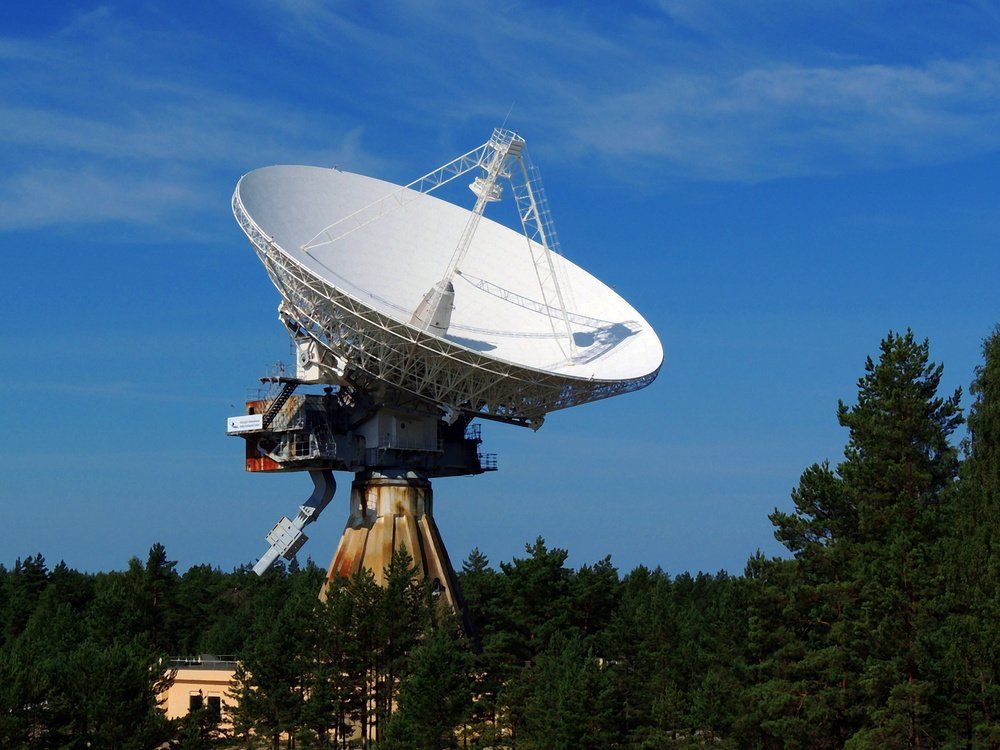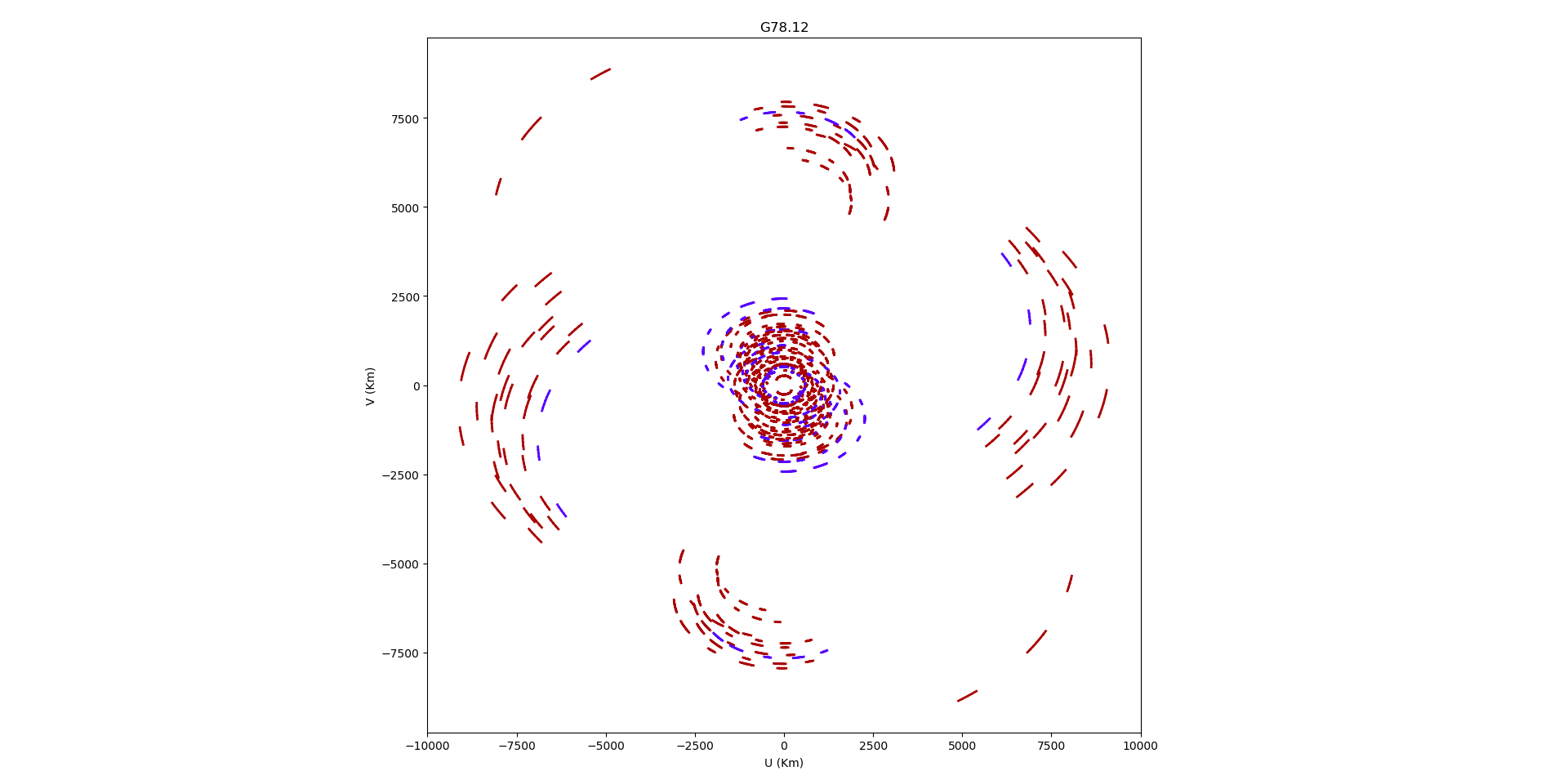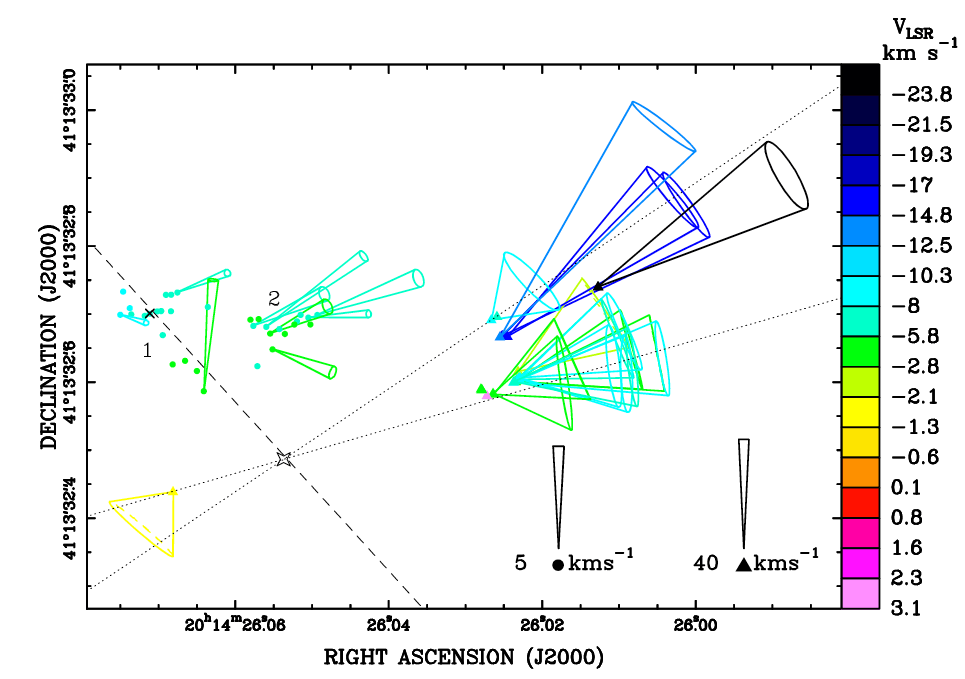This web page is created within BALTICS project funded from the European Union’s Horizon2020 Research and Innovation Programme under grant agreement No.692257.
The world's large radio telescopes work for Latvian astronomers
okt. 30, 2019
On 31 October 2019, all active European Very-long-baseline Interferometry Network (EVN) radio telescopes worked for the first time for a very long time, 10 hours, for the benefit of Latvian radio astronomers. During this time, 11 world radio telescopes, including Effelsberg 100-meter and Irbene 32-meter antenna, in different countries in the world (Great Britain, the Netherlands, Italy, Poland, the People's Republic of China, Sweden, South Africa, Spain) simultaneously carried out observations of space objects, which are being intensively studied by Ventspils University of Applied Sciences Engineering Research Institute Ventspils International Radio Astronomy Centre group of astronomers - Artis Aberfelds, Ivars Šmelds un Kārlis Bērziņš. In this observation programme, VUAS VIRAC as the leading partner cooperates with Polish astronomers from the Toruń observatory - Marian Szymczak, Anna Bartkiewicz, Marcin Gawronski, Pawel Wolak and Mateusz Olech.
The interferometric observation method allows combining radio telescopes into a single network, virtually creating a very large telescope, the size of which is comparable to the size of the whole Earth (Earth's radius is 6371 km). The longest baseline i.e. the distance between two telescopes in the system, which also determines the size of the virtual telescope and the resolution of the system is planned to be 10157 km in this experiment. The same method was used in this year's widely publicized information about the first image of a black hole which the Event Horizon Telescope team of astronomers obtained in the centre of the galaxy M87.
Latvian astronomers study massive areas of new star formation, where active evolutionary processes take place and, the phenomenon of the cosmic maser can be observed, which occurs only in special physical conditions of the environment. A space maser is an intense amplified natural radiation in the microwave radio range, similar to laser radiation in the optical range. Three areas of Galactic star formation about 5000 light-years from Earth were chosen (G78.122 + 3.633, G90.92 + 1.49 and G94.602−1.796 ) as particularly interesting for the interferometric observations, the behaviour of which was systematically monitored by researchers over two years using Irbene radio telescopes RT-32 and RT-16. Previous observations allowed Latvian astronomers to prove the uniqueness of the selected objects, and to, through an international competition, win the opportunity to use the EVN network for observations.
After the observations, the researchers will still have a lot of work to do to analyse the data obtained. By understanding the processes taking place near the stars, which cause the maser radiation to change, sometimes even disappear or reappear, Latvian astronomers hope to get answers to several questions, for example, whether and how this phenomenon is related to the rotation of the environment around a star and the flares to specific stars, which ultimately excite methanol molecules, causing strong radiation. It is planned that the total amount of data stored in the 10-hour experiment will reach 22 terabytes. The analysis and interpretation of the data will then take at least several months.
Work is funded by: European Regional Development Fund (ERDF) project No.1.1.1.1/16/A/213 "Studies of Physical-Chemical Processes of the Interstellar Environment".
E-pasts: virac@venta.lv
Tālrunis: +37163629656
Ekskursijas: +37129230818
Inženieru iela 101, Ventspils, LV-3601
Paldies par ziņu.
Mēs ar jums sazināsimies cik drīz vien iespējams.
Atvainojiet, ir notikusi kļūda.
Diemžēl ziņu nosūtīt neizdevās.
Lūdzu mēģiniet vēlreiz, vai sūtiet ziņu uz virac@venta.lv






















